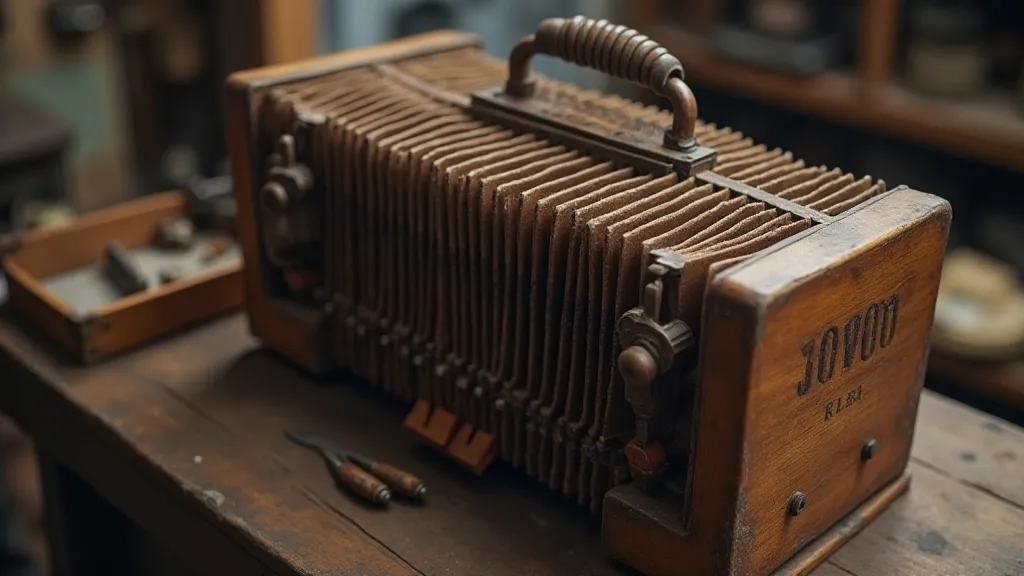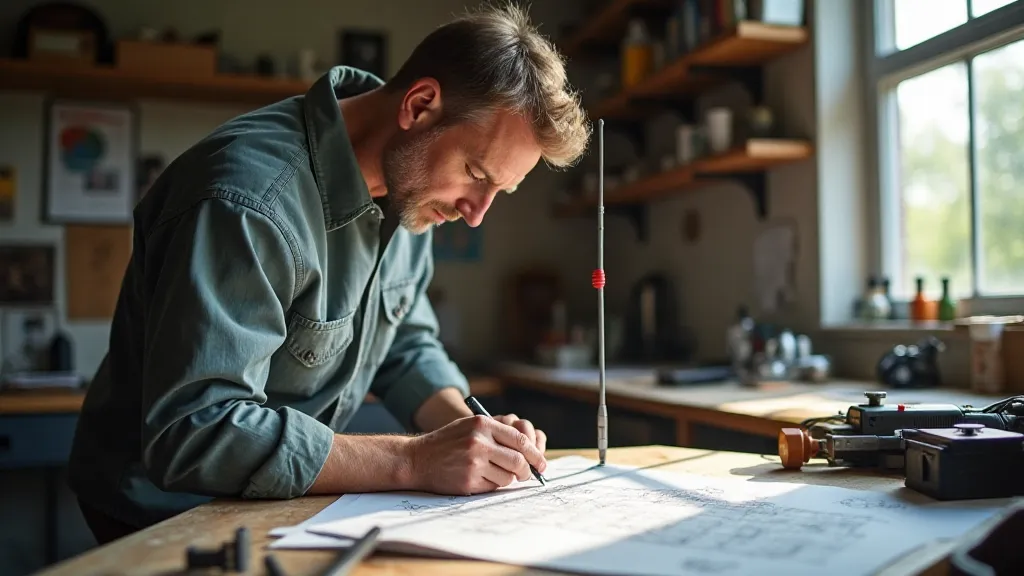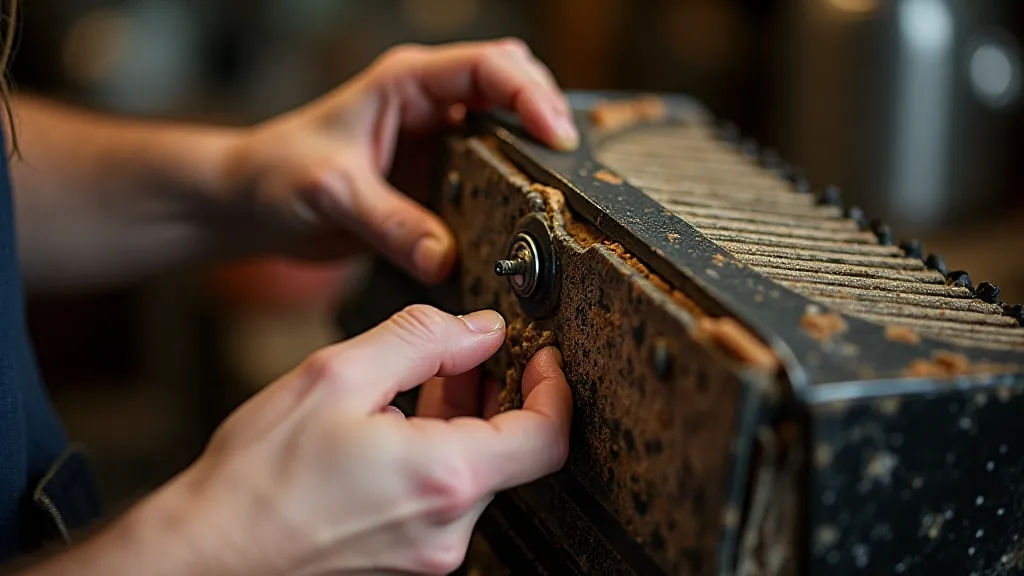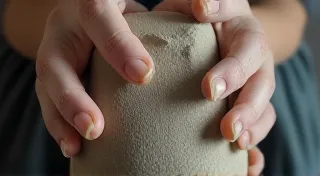The Sculptor of Waves: Shaping Antenna Patterns for Specific Applications
There's a certain magic in creation, a palpable sense of satisfaction derived from taking raw materials and transforming them into something functional and beautiful. It’s a feeling that transcends time, resonating across disciplines. Think of the meticulous craftsperson who constructs an antique accordion – the careful selection of wood, the precise folding of bellows, the tuning of reeds, all combining to produce a sound both rich and melancholic. The resulting instrument isn’t just a collection of parts; it’s a vessel for emotion, a testament to dedication, and a connection to a bygone era. Building a ham radio antenna, particularly one tailored for a specific purpose, evokes a similar feeling. It's about more than just getting a signal; it’s about actively participating in the art of radio communication.

Beyond the Basics: Why Antenna Pattern Matters
Most newcomers to ham radio start with simple antennas: dipoles, verticals, ground planes. These are excellent starting points, providing reasonable performance across a range of frequencies. But the world of radio communication isn’t a one-size-fits-all scenario. Consider contesting, where maximizing signal strength and directionality is paramount, or satellite communications, where pinpoint accuracy in pointing is essential. These pursuits demand antennas with carefully sculpted radiation patterns – antennas designed to do more than simply radiate in all directions. Often, achieving this requires understanding the delicate balance between signal strength and unwanted radiation, a principle that can be subtly impacted by the environment. For those delving deeper into this aspect, examining how to manage unwanted radiation and effectively create "nulls" in specific directions can be incredibly valuable; exploring principles like those discussed in The Lattice of Silence: Ground Plane Antennas and the Art of Nulling provides a solid foundation.
The fundamental principle is that an antenna's shape, size, and configuration dictate its radiation pattern. A simple dipole radiates a donut-shaped pattern, with maximum radiation perpendicular to the element. A vertical antenna, especially when properly grounded, exhibits a similar pattern. However, by strategically adding elements—reflectors, directors, and parasitic arrays—we can significantly modify this basic shape, focusing the signal in specific directions and rejecting it from others. This is where the sculpting begins.
Understanding the Elements: Reflectors, Directors, and Parasitic Arrays
The key to shaping antenna patterns lies in understanding the role of reflectors, directors, and parasitic elements. A reflector is typically longer than the driven element (the one connected to the transceiver) and directs the signal backward, creating a null in that direction. Directors are shorter than the driven element and “pull” the signal forward, increasing gain in the desired direction. Parasitic elements, as the name suggests, aren't directly powered but are strategically placed to influence the radiation pattern.
Consider the Yagi-Uda antenna, perhaps the most recognizable example of a directional antenna. It's comprised of a driven element, a reflector, and multiple directors. The reflector acts as a shield, preventing radiation to the rear, while the directors focus the signal forward, significantly increasing gain compared to a simple dipole. The spacing between these elements is critical – even slight variations can drastically alter the antenna's performance. It’s a delicate balance, akin to tuning the reeds of an antique accordion; a tiny adjustment can profoundly impact the tone.
Beam Antennas: Precision and Craftsmanship
Beam antennas, broadly encompassing Yagi-Uda, log-periodic, and quad antennas, are the workhorses of contesting and long-distance communication. Building a robust and efficient beam antenna requires careful planning and precise execution. Constructing the elements themselves is the first step; materials like aluminum tubing or copper wire are common choices. Accurate measurements and straight cuts are vital – any deviation can negatively impact the final performance. Remember, the meticulous attention to detail is what separates a functional antenna from a truly exceptional one.
The mounting system is equally important. A stable and rigid mount is essential to maintain the antenna's orientation, particularly in windy conditions. Careful consideration must be given to the ground plane, ensuring adequate grounding to minimize noise and maximize efficiency. It's a hands-on endeavor, requiring a blend of technical skill and practical problem-solving—qualities often shared by those who restore antique instruments. When venturing into high-frequency communication, pushing the boundaries of distance and signal clarity often requires innovative approaches to antenna design. Consider the challenges of achieving clear signals over vast distances, particularly when aiming for regions far beyond the horizon – a concept that resonates deeply with the pursuit of extending our reach, as further explored in Echoes in the Void: VHF Antenna Design for Distant Horizons.

Specialized Applications: Satellite Communications and Beyond
Beyond contesting, customized antenna patterns are vital for specialized applications like satellite communications. Satellite signals are often weak and localized, requiring antennas with very narrow beams to achieve reliable communication. These often involve complex designs like parabolic dish antennas or phased arrays. Phased arrays, in particular, offer the advantage of electronically steering the beam without physically moving the antenna, offering unparalleled flexibility.
The principles extend even to lower frequencies. While building large, complex antennas at 80 meters or 160 meters can be challenging due to size constraints, careful design and placement of loops and other specialized antennas can significantly improve performance compared to simple verticals. Experimentation is key; observing how different configurations interact with the environment and the propagation conditions can lead to unexpected and rewarding results. Maintaining signal integrity and minimizing unwanted harmonic radiation is another critical aspect of advanced antenna design. Understanding how to control and suppress harmonic emissions is essential for ensuring efficient and clean operation, which is crucial for responsible radio communication. For those interested in this subject, delving into the principles of minimizing these undesirable radiations is a rewarding endeavor, as detailed in Harmonic Bloom: Understanding and Minimizing Harmonic Radiation in Antennas.

Restoration and Reflection: The Connection to Craftsmanship
There’s a profound connection between building ham radio antennas and restoring antique instruments like accordions. Both endeavors demand a respect for craftsmanship, a dedication to detail, and a willingness to learn from the past. Just as a skilled accordion restorer meticulously cleans and repairs each reed, ensuring the instrument produces its intended tone, the antenna builder strives to optimize the radiation pattern, maximizing signal strength and directionality. Both pursuits represent a tangible connection to a history of ingenuity and passion.
Consider the aging process of both antennas and instruments. Corrosion can degrade metal, and cracks can develop in wood. The ability to diagnose and repair these issues requires patience, skill, and a deep understanding of the underlying principles. It’s a process of rediscovering the original intent, breathing new life into something that has stood the test of time. This process extends beyond just fixing broken components; it's about understanding the materials, the design choices, and the underlying principles that allowed these creations to function so effectively in their time. The delicate balance between structure and performance, whether in a finely tuned accordion or a carefully constructed antenna, is a testament to the ingenuity of past generations. The ability to recreate and refine these designs requires a deep appreciation for the craftsmanship involved and a willingness to learn from the past. This is particularly evident in the use of materials - the selection of wood for an accordion's body, the choice of metal for an antenna’s elements – all driven by a desire to achieve optimal performance and longevity.
The Joy of Creation: Becoming a Sculptor of Waves
Building a ham radio antenna isn't just about transmitting a signal; it's about participating in a tradition of innovation and creativity. It’s about connecting with a community of enthusiasts who share a passion for radio communication and a respect for the art of construction. So, take the time to study the plans, gather the materials, and embrace the challenge. You might just discover a new level of satisfaction—the joy of being a sculptor of waves, shaping the electromagnetic spectrum to connect with the world.





